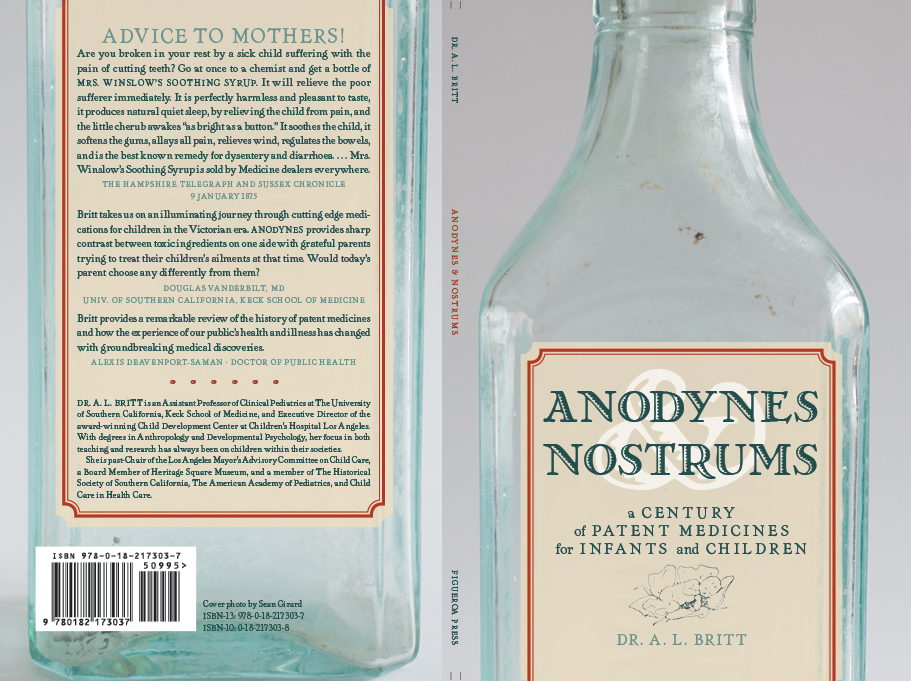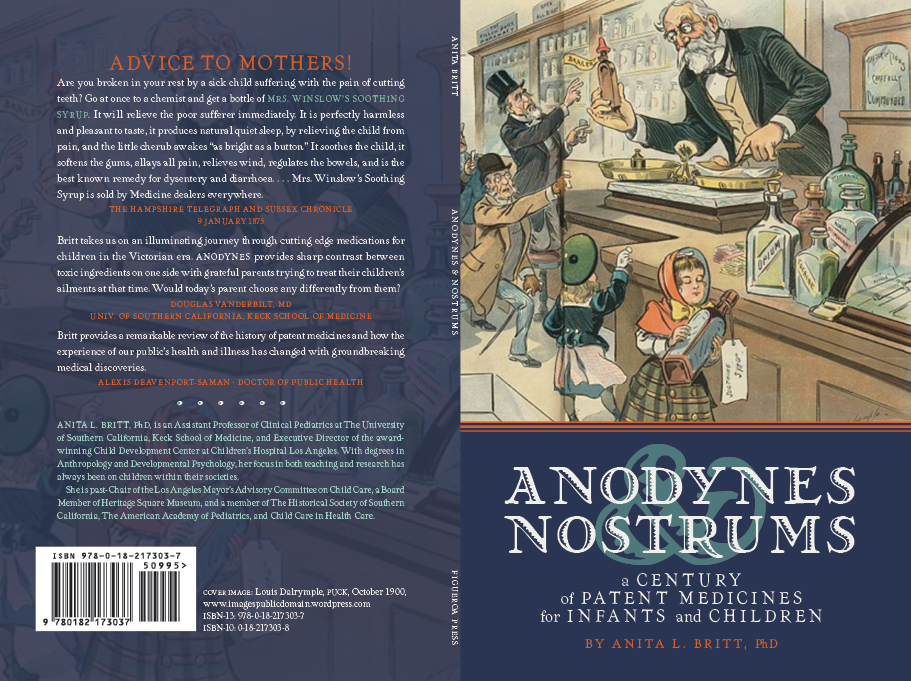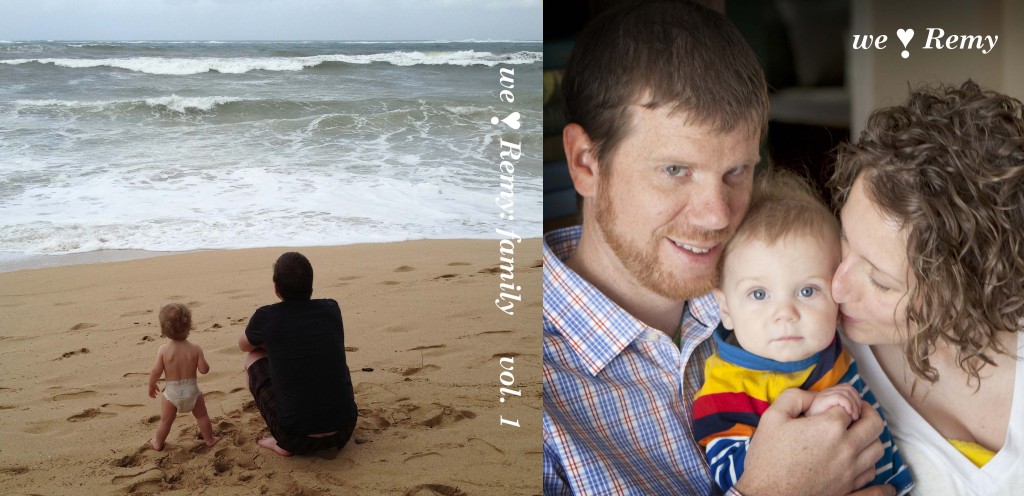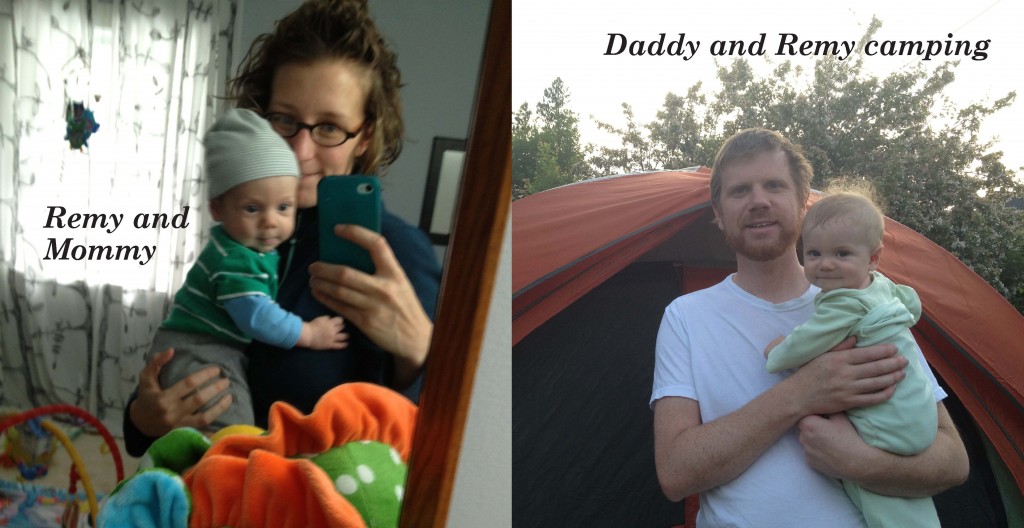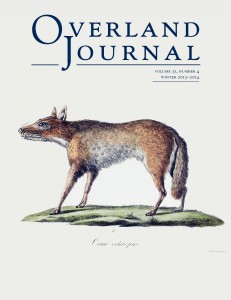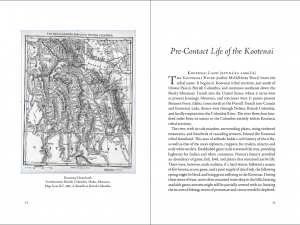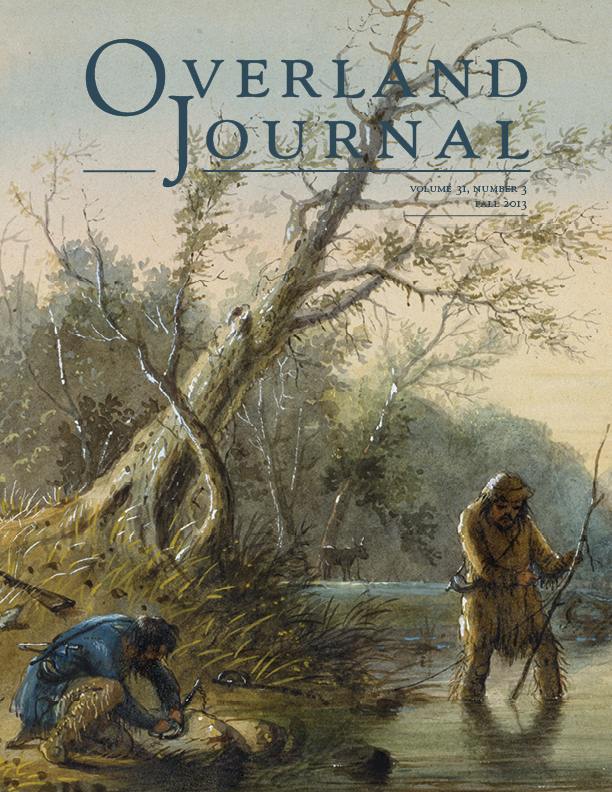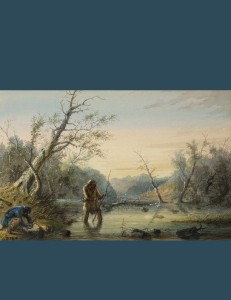“It’s a narrative story; it gives pioneers voice,” said author Jeff Broome last week, as I interviewed him on the phone. “Each individual one. And brings them to life. They’ve been lost.”
Back in the late 1700s Congress passed a law that allowed American citizens to make claims against Indian tribes for property that was damaged or stolen in Indian raids. Requirements were tweaked over the decades, and Broome’s latest book, Cheyenne War: Indian Raids on the Roads to Denver, 1864-1869, attempts to capture and record some of the accounts filed over a five-year span. Ariane wrote about this book last summer.
“I think there’s enough in there right now that the critic will say, why is he doing this?” said Broome. He followed up his rhetorical question with, “I just want the truth to come out. This time during the Indian wars when the Indians talk about their land. The view is ‘what a shame, what the Americans did to the Indians,’ but this book puts a new perspective on that.”
According to Broome, a lot of historians have been writing about the events that he refers to as the Cheyenne War, when settlers were traveling the three roads to Denver, through Kansas and Nebraska. First-hand accounts are Broome’s angle in writing the book. He felt that many of the claims were shared amongst families, but not recorded elsewhere. “I’ve been reading stories that have been lost to history,” said Broome. “You know they told their children and grandchildren the stories. That’s the only voice we have of that event.”
Determined to become a new voice, Broome tackled the Indian Depredation Claims in full force. “You can only get these files in Washington, D.C.,” said Broome. “It takes days to accumulate a few. I’ve spent months. I copied over eight feet of claims.”
Numerous National Archive visits allowed Broome to access the files. He pored over them one box at a time, taking ten years to collect the information he needed to write this book.
“By the 1880s there were all kinds of interesting rules and regulations and requirements for a successful claim,” said Broome. “And if it was successful you would be compensated for your property losses.”
However, Broome felt there were many citizens that missed out.
“One requirement was that you had to make your claim within three years,” he said. “They put pressure on Congress in the 1880s to change those laws and let them refile again.”
Once this law was changed, a requirement of having a witness arose. “They had federal agents with the Department of Interior, and they would go out in the field with these claims and interview people to see whether the claims were true,” Broome said.
Many accounts that came out later were wrong, and Broome strove to correct them. He did not want to leave anything out and wanted to ensure he did not make mistakes. To place these events in their proper sequence, Broome double-checked claims with other evidence he could find. He said that many times people filed years after the incident, and recorded dates incorrectly.
“To get the files in chronological order, to understand and visualize where it happened on the roads, and to find, when I could, what kind of responses were made by the military or the Indians, was important,” said Broome. “It seems that the only Indian account we have is George Bent, during this time. He was a half-breed. His dad married a Cheyenne woman and birthed George. Because he was educated at the turn of the century, he wrote hundreds of letters about these events.”
Few Indian voices from the time period Broome studied left him with George Bent as a major resource, along with other linked claims. “I would compare what he says about events to other claims,” said Broome.
For Broome, writing the book was a learning experience, and he discovered that his audience is not just historians, but people interested in their roots.
“It’s a five-hundred-page book; could it have been reduced to three hundred pages?” Broome questioned. “Yeah. I could have eliminated a lot of names and accounts that may not be important. A lot of Americans are interested in their geneology, and I think it’s a field of information where people can find out about their relatives.”
Broome chose Aberdeen Books of Sheridan, Colorado, to work with him on the publishing process.
“I’ve known the publisher,” Broome said. “Actually I was an agent and got him to publish a WWII book, and that is how I first worked with him professionally. I knew he focused on WWII.”
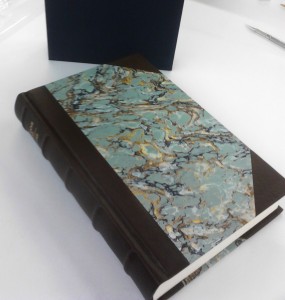
The limited edition, which has marbled boards and cowhide spine and corners, comes in a cloth slipcase.
Fifteen signed and numbered, special-edition books will be coming out soon, as well.
“You know what, by word of mouth, there might only be 3 left,” said Broome. “The publisher is also a book collector – he chose the better boards and binding.”
Excitement was in Broome’s voice as he described the limited edition copies. The spine and corners are bound in dark brown cowhide, with robin’s-egg blue marbled paper and a navy linen slipcase. Each copy is signed by the author and numbered.
“You see them in those libraries and bookshelves – it really looks nice,” he said. “That’s what they did in the nineteenth century. We did those limiteds for serious book collectors. I think they’ve done a top-notch job on that.”
Broome actively promotes his books himself, traveling around the United States to speak at various events.
“I’m speaking in Wyoming this summer, I’m speaking in Kansas in March and again in February, and just when I called you I saw I got an email about speaking in Omaha,” Broome said. “I think authors need to do that in this world.”
Broome explained that two books are produced every three minutes, calculating to over one million per year.
“The market to get someone to read your book is very competitive,” he said. “You just don’t put a book out and sit back and see what the public thinks about it.”
Cheyenne War: Indian Raids on the Roads to Denver, 1864-1869 by Jeff Broome · Sheridan, Colorado: Aberdeen Books, 2013 · 528 pp. · 44 illus plus color folding map · biblio., index · navy linen cloth with gold stamping on spine · color dust jacket · ISBN 978-09713852-4-5 (hardcover), ISBN 978-09713852-5-2 (paperback)
